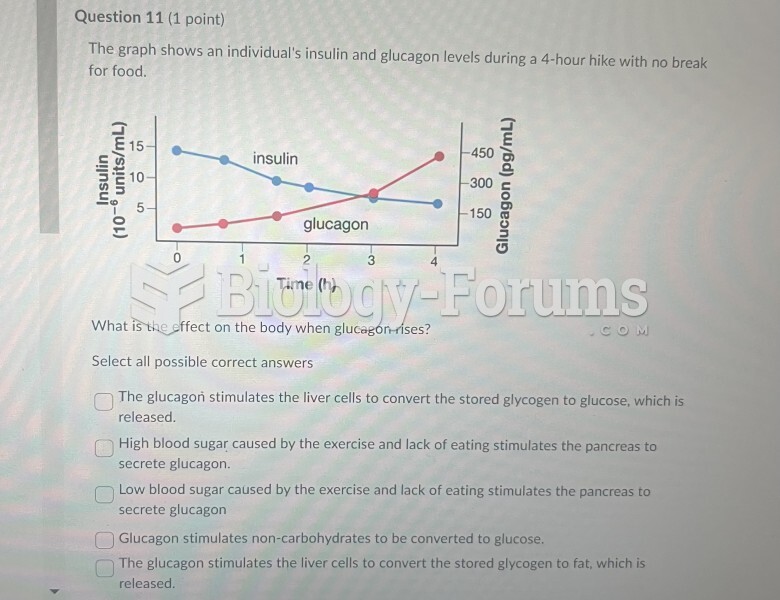Answer to Question 1
ANS: D
Research in nursing should influence nursing practice and address needs in nursing practice. Practicing nurses are best able to identify pertinent clinical problems for research.
Nurse managers are best able to identify administrative and management concerns amenable for research.
Clinical-based research requires that nurse researchers develop close relationships with practicing nurses so as to identify pertinent problems for nursing research.
Nursing faculty are best able to identify pertinent education concerns for research.
Answer to Question 2
ANS: A
The feasibility of a research problem and purpose is determined by examining the researcher's expertise; money commitment; availability of subjects, facilities, and equipment; and the study's ethical considerations.
Previous studies may help guide a researcher to conduct a certain study, but do not determine its feasibility. The feasibility of a research problem and purpose is determined by examining the researcher's expertise; money commitment; availability of subjects, facilities, and equipment; and the study's ethical considerations.
The researcher's credibility may impact a grant award or the interpretation of the study, but not whether it can be carried out. The feasibility of a research problem and purpose is determined by examining the researcher's expertise; money commitment; availability of subjects, facilities, and equipment; and the study's ethical considerations.
The significance of the research problem relates to whether or not it is seen as important. The feasibility of a research problem and purpose is determined by examining the researcher's expertise; money commitment; availability of subjects, facilities, and equipment; and the study's ethical considerations.







